An interview with Fedde Souverein – General Manager, Luminous Creative Imaging – Post Production: CGI, Illustration and Retouching.
Maya Artists: Luminous Creative Imaging

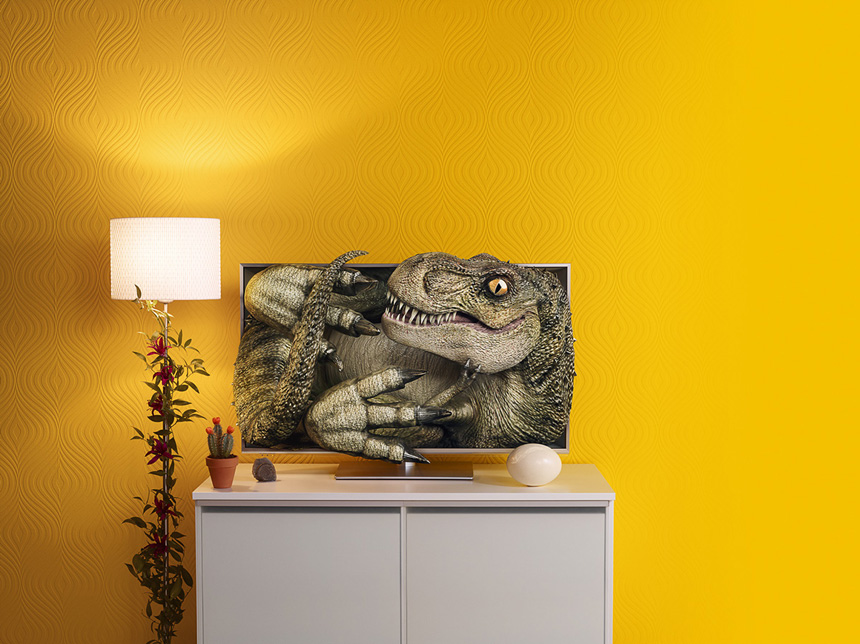
First of all what does Luminous Creative Imaging do, what are your services? and what is your role there?
Luminous basically does creative imaging: combining CGI, illustration, photography and retouching to create great looking and complex visual that were hard to realize otherwise. We have a group of specialised and highly motivated artists who each master their own discipline, thus enabling us to handle many different projects.
I am the general manager and owner of the company. I handle project acquisition, project management, give creative feedback, communicate with the clients, etc. Basically, I make sure all the creatives can do their thing without having to worry about all the other stuff and also keep a creative eye on things. I also have a long history in CG myself and use this to help the CG team with how to approach certain problems.
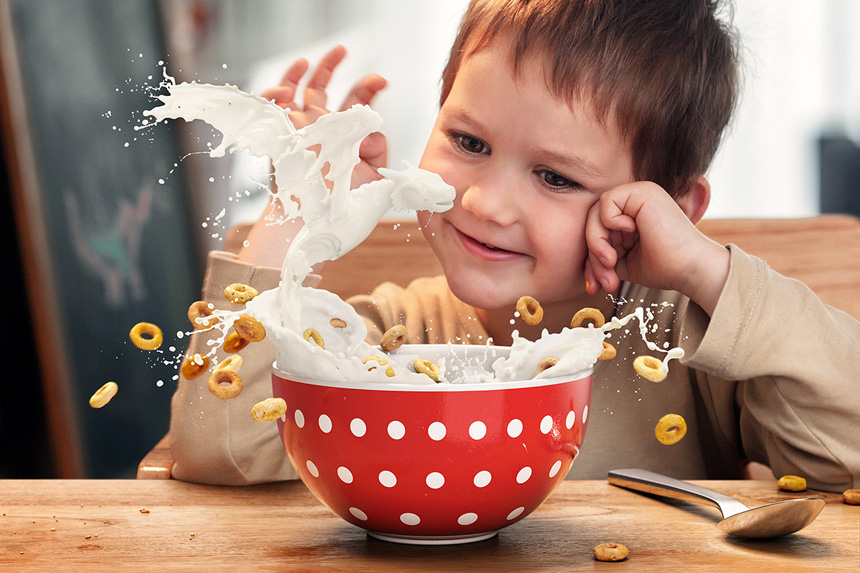
What was is your background before working in CGI and how has this helped your CG work?
I have a masters in Digital Media Design and worked a lot during my spare time as a retouching operator (Photoshop) after which I started setting up the 3D department in my previous company. After having worked there for many years, I started Luminous Creative Imaging with my friend (and high-end retoucher) Rutger. All these years of experience in the creative field has given me a very good insight in what does and doesn’t work and how to approach very complex CG projects. I’m convinced a good and experienced eye helps a lot in this field.
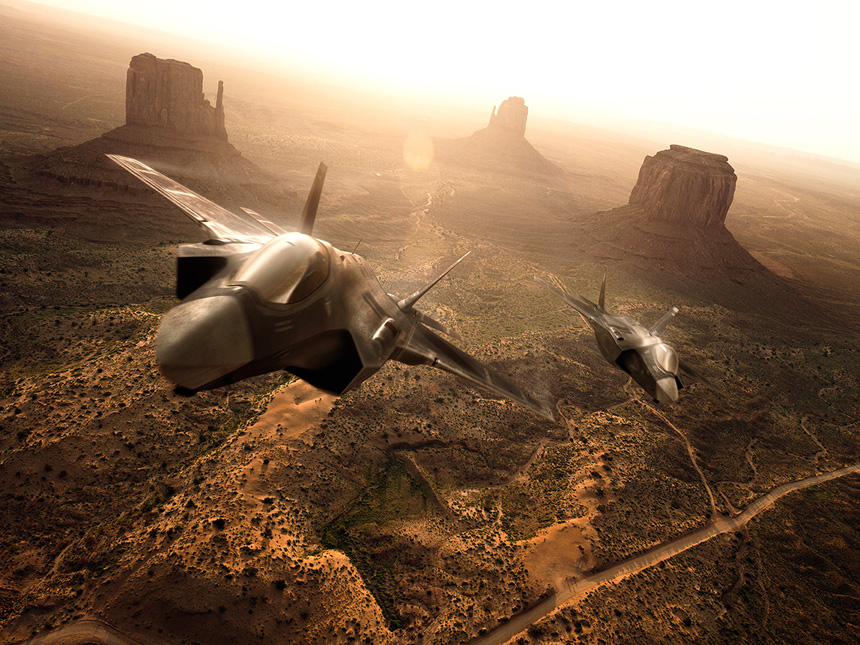
Apart from HDR Light Studio, what are the main 3D apps and rendering tools in Luminous’ studio?
For 3D we use Autodesk’s’ Maya for modelling, shading and animation. We render everything with Mental Ray. Maya is a very useful tool, since we do most things ourselves and don’t specialize only on modelling for example. Mental Ray is nicely integrated with Maya and we have a lot of experience working with it.
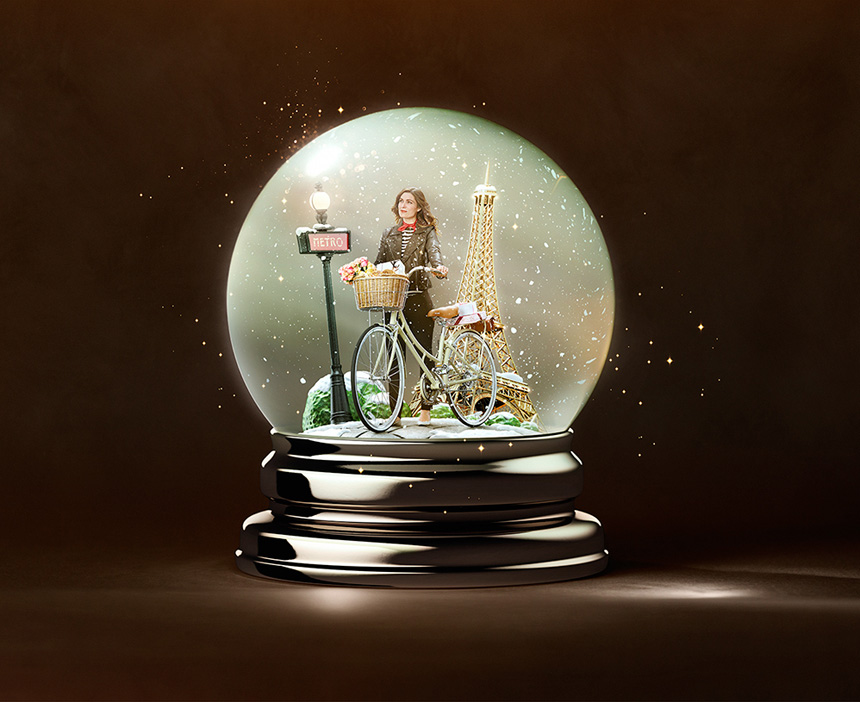
Since adopting HDR Light Studio into your studio, how has it changed the way you light, how does it fit in?
We really like using HDR Light Studio, especially since it takes away much of the hassle of setting up lighting. Before we used HDR Light Studio, it took ages to light shots and was very uninspiring. We use HDR Light Studio for most projects, since it allows for such a creative approach to lighting, instead of it being way too technical and non-intuitive. This means that setting up lighting is now way faster and allows for interactive changes instead of having to wait all the time for a preview to render when changing one attribute somewhere.
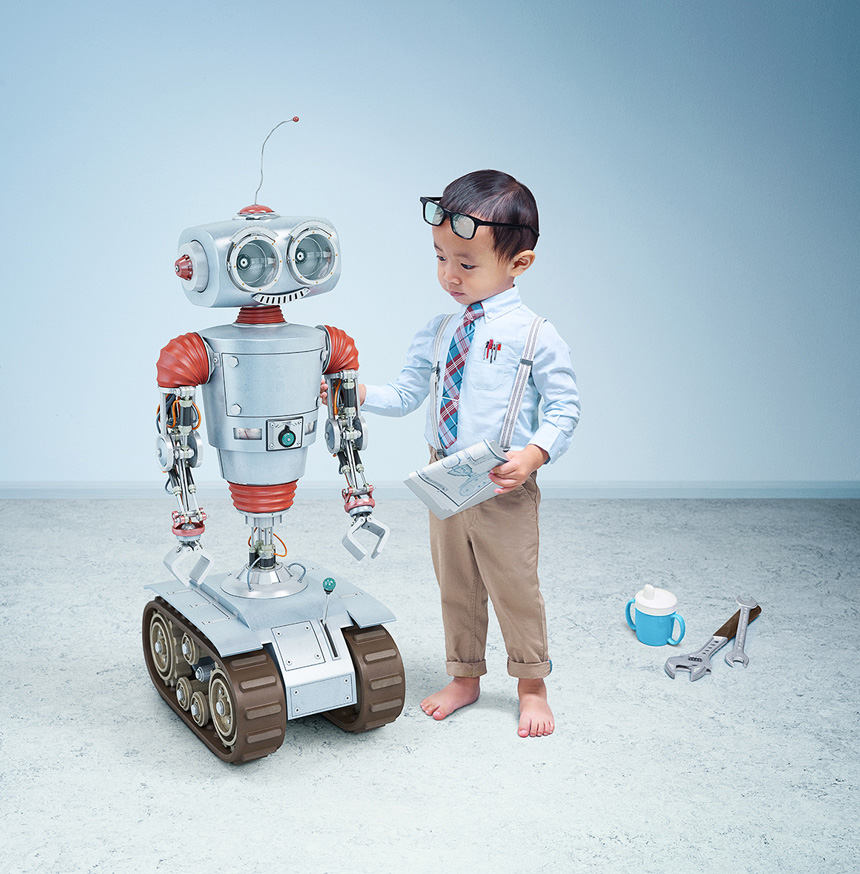
Are you saving time for lighting, and are you able to produce higher quality imagery?
We are saving tons of time. I really like the fact that it is so fast and intuitive. You can just ‘create’ the highlights and reflections you want instead of having to reverse engineer where the light has to come from when you what a highlight somewhere. Also the use of image lights and existing HDRs is really nice, because it means you can add a lot of complexity and subtlety to the renders.
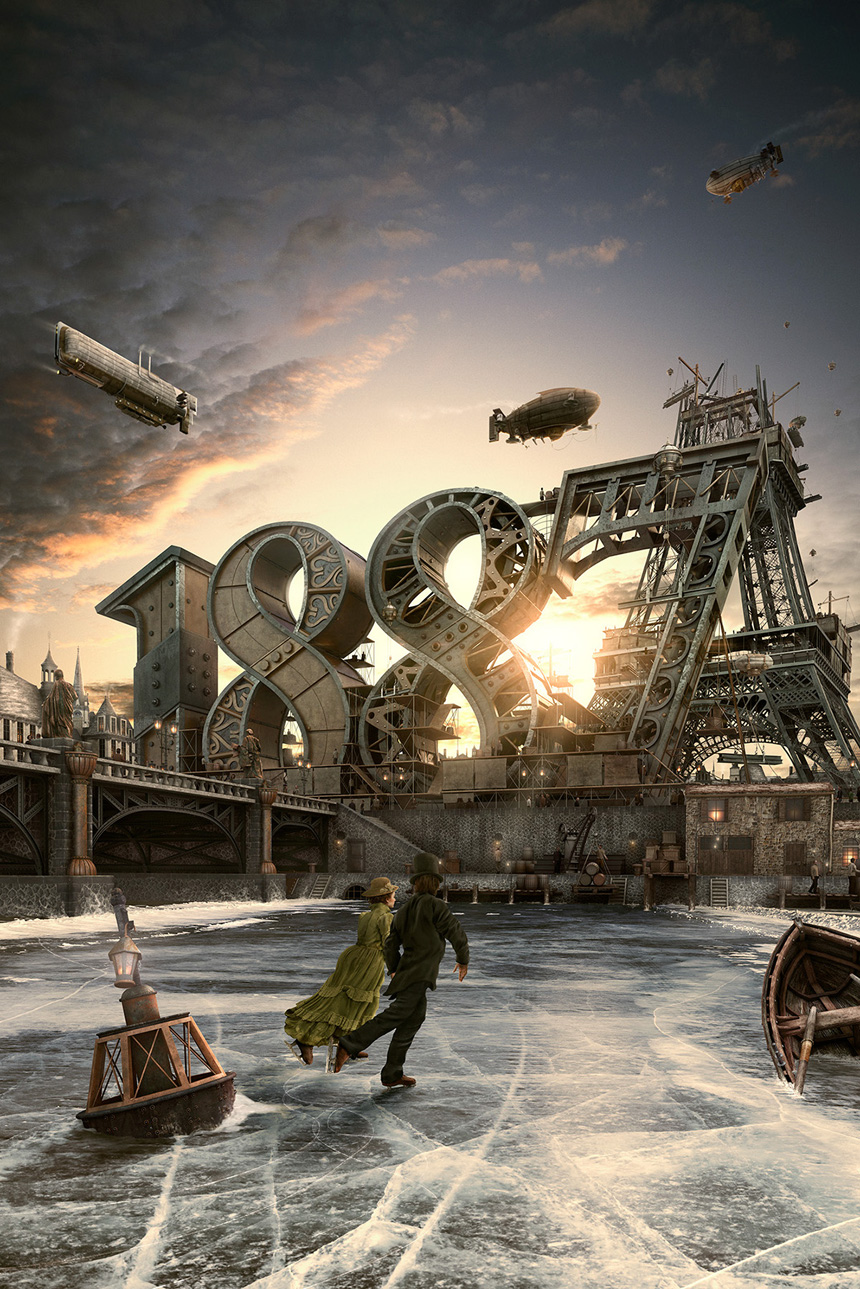
Could you maybe explain one job where you used HDR Light Studio and how specifically it helped you?
It is one of our coolest projects up to date: the “1887” visual. In this visual, we had to light the city, the big metal 1887 letters, the vehicles, etc and wanted a nice sunny feel to the image. We exported a rough model of the scene to HDR Light Studio and played around with different kinds of lights and the position of the light to create a nicely balanced lighting set-up. Because it is so fast you can actually try different things out and see what works best.
What’s next for Luminous? What kind of images do you want to make in the future and how do you want technology to develop to help you do that?
Our main thing is these big, creative and complex visuals! We love working on those, since it gives us a good challenge and allows us to use our knowledge of previous projects to make the next one even better. These also are the most fun projects to work on most of the time, although smaller projects have their own charm. Technology wise I want things to go faster and then some! The faster the tools are, the less time it takes us to test lighting, different angles, materials, etc. The better the technology fits our way of working, the more we can experiment and try to get the most out of a project.
Visit Luminous Creative Imaging to see more of their amazing work!

